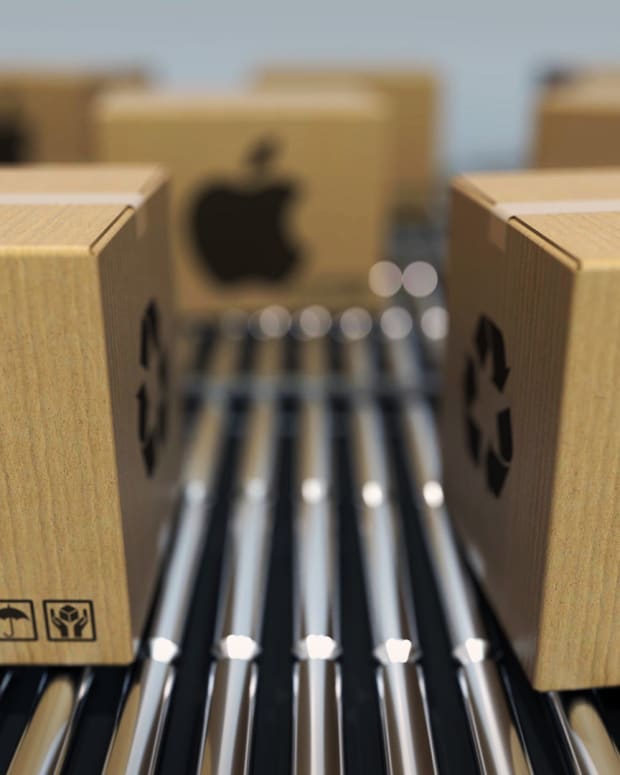Consumer spending is the most important part of the economy, accounting for more than two-thirds of GDP.
The numbers for May weren’t too encouraging. Personal-consumption expenditures rose only 0.2% in that month from April and fell 0.4% in real (inflation-adjusted) terms.
Retail sales, including restaurants and not adjusted for inflation, slid 0.3% in May.
“The drop in real personal spending in May — coupled with downward revisions to the data from January to April — means less momentum for consumption and the overall economy going into the second half of the year,” Bloomberg economists Yelena Shulyatyeva and Andrew Husby told Bloomberg News.
“The data indicate weaker growth in services amid a general pullback in goods spending, with inflation weighing on purchasing power and sentiment at record lows.”
Bank of America Credit and Debit Card DataMeanwhile, Bank of America credit and debit card spending data for June provide a mixed picture. The spending rose 11% from last June, compared with a 9% increase in May.
But spending per household climbed just 3.3% in June from a year earlier, trailing May’s 4% increase. The gain also lagged inflation: consumer prices jumped 8.6% in the 12 months through May.
“Card spending per household has been slowing since early April,” according to the Bank of America Institute, the bank’s think tank, which assembled the data.
Scroll to Continue
“However, part of this moderation is likely due to seasonality. Spending usually peaks in March/April and slows steadily until the holiday season in a typical year.
“This seasonal effect will also be compounded this year by the fading of catchup leisure spending following a post-pandemic boost. It is difficult at this stage to be sure if this slowdown is above what we would expect to see given these crosscurrents.”
Gas, Travel and EntertainmentAs for areas in which spending increased, “gas prices continue to squeeze consumers, but spending on services such as travel and entertainment is still boosted by pent-up demand,” the B of A Institute said.
On the gas front, gas spending as a share of total card-spending per lower-income household surged to 9.8% in June from 7.7% in February.
For higher-income households (those with annual income of more than $125,000), the share also rose — to 6.1% for June.
Meanwhile, “the labor market remains supportive of consumers, and their balance sheets are in good shape,” the Bank of America Institute said.
So where is the consumer sector headed from here? Hard to know.
“The post-summer outlook for consumer spending is unclear, particularly as services spending is still being temporarily boosted by pent-up demand since covid restrictions were eased,” the Institute said.
